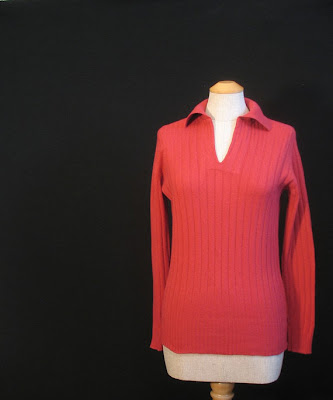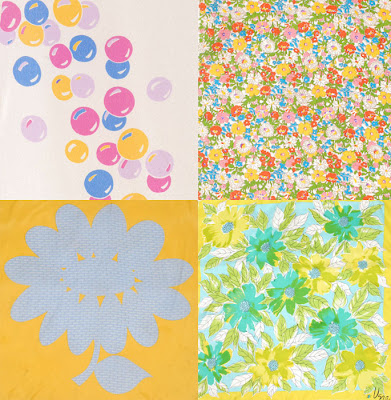Vintage shoes have sole
I am a great devotee of vintage shoes, but I know there are caveats. I have rarely had a pair of vintage shoes from prior to the 1960s that I dared wear regularly because age takes a greater toll on an item that handles your weight and activity so tangibly.
I have a collection of vintage shoes in size 9-9 1/2. My modern US size is 9, and vintage shoes in this relatively larger size are not very common, so I keep many that I find. You will find vintage shoes in my size and in longer sizes, so don't despair even if you wear a size 10 or 11.
 |
| Some of my vintage shoes, all size 9 or 9 1/2 |
April describes how vintage shoes are sized more-or-less as modern shoes. She writes about how to compare your shoe size to a vintage shoe that you covet, how to read the more detailed widths, and finally, how to care for vintage shoes. April is thorough, so please read her advice if you have been troubled with vintage shoe woes, or are just starting to consider vintage shoes.
 All these vintage shoes would fit my size 9B feet...race you to them! |
| 40s spectators from FemaleHysteria, 50s-60s stilettos from Mags Rags, 60s mod silver shoes by Herbert Levine from greygardensboutique, 60s-70s lace-up boots from stellahsgroove, 60s pilgrim buckle shoes from voguevintage, 60s stilettos from Tangerine Boutique, 60s spectator oxfords from elclinto1 |




























